A war of words over steel fabricated in South Korea and whether the repair welds were up to spec on a $155-million Edmonton bridge has each side counter-suing the other for $16 million.
It’s the latest chapter in the replacement of the 103-year-old Walterdale Bridge over the North Saskatchewan River. Work started in 2013 but the project is reportedly more than a year behind schedule.
The general contractor Acciona/Pacer Joint Venture (APJV) is a global conglomerate based in Spain whose consortium in Canada last year landed a $1.75 billion contract for civil work on the Peace River Site C dam in British Columbia.
Structural steel assembly contractor Capitol Steel was built by entrepreneur Jeff Ganczar who started with a welding machine on the back of his truck at 22 years old in 1998. Capitol Steel now does steel fabrication across the United States and Canada.
APJV subbed the structural steel site assembly to Capitol Steel for $11.9 million plus GST. In a subsequent contract amendment APJV agreed to pay on a time and materials basis for all work it directed Capitol Steel to perform outside the original scope.
Capitol Steel alleges in its statement of claim that incorrectly sized and coated arch modules were shipped to Canada from South Korea and that APJV demanded subsequent welding repairs which Capitol Steel considered to be of a lesser quality than accepted Canadian standards.
It also accuses APJV of holding its equipment hostage and non-payment for work already done.
APJV was asked for a copy of their statement of claim but declined in an email.
"We believe the city has already addressed those allegations and we prefer not to further engage with the press regarding our legal claims against Capitol Steel Corp," wrote Emmanuelle Roux, APJV marketing and communications manager.
None of the allegations in either statement of claim have been proven in court.
For its part the City of Edmonton says the welds are safe and have been inspected and insists the project is on budget.
"As a council we tend to trust our staff," said Andrew Knack, Edmonton councillor, noting their point man on the project, Barry Belcourt, manager for roads design and construction, has dismissed Capitol’s claims of shoddy work and is satisfied the welds and materials are up to spec.
"Our job isn’t to micro manage projects. We don’t expect every project to be perfect but we do expect to be told when things go wrong.
"I think that message has got through to staff."
Knack said their major projects, two bridges and an LRT line, have hit bumps but he’s comfortable knowing council was kept informed and plans to wait to see how the allegations in both lawsuits play out in court.
"If down the road it came back and there were problems we aren’t being told about it is not going to have a happy ending for some people," he said. "But that would be a shock. We’re being updated and I’m comfortable with that."
Despite the legal battles, the Walterdale Bridge is set to open this fall and will have vehicle lanes separated from an external pedestrian and cycle crossing structure, the Shared Use Path, with a 230- metre deck fully spanning the river.
The bridge is a structural steel arch with two 56-metre-high arches spanning the driver supported by 600-cubic-metre reinforced concrete thrust blocks anchored 20 metres below the water surface. This eliminates in-river piers that are problematic in the winter climate with heavy ice flow at spring breakup. The two arches are connected by a series of arch ribs and top struts welded to both arches across the entire span. The bridge deck and roadways are supported by steel cables hanging from the arches.
The plan was to have the epoxy-coated steel arches fabricated in sections in South Korea by Daewoo and shipped to Canada. The mid-span arches would be in two pieces, fitted and hoisted upright on land, then bolted and welded.
With the mid-span arches in place a steel cable "bow string" would be fitted at either end of the arch to put it under stress and maintain the shape.
Then the other arch sections, the stump arches, would be "stick built" in sections from the thrust blocks using temporary support towers.
Once they were in place the assembled mid-arch pieces would be moved on skids to barges and floated into place between the stump arches and hoisted into position.
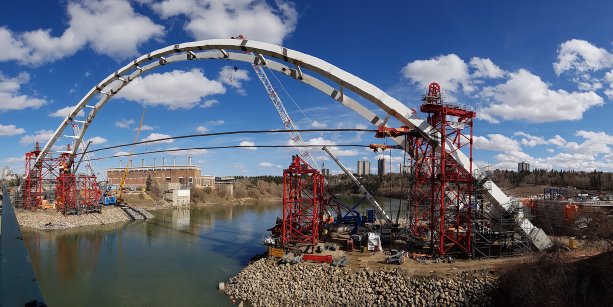
1/2
The Walterdale bridge features a 230-metre deck fully spanning the North Saskatchewan river. The bridge is a structural steel arch with two 56-metre-high arches.
Photo: City of Edmonton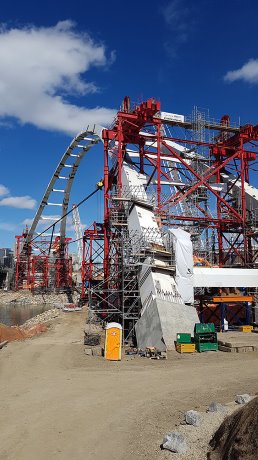


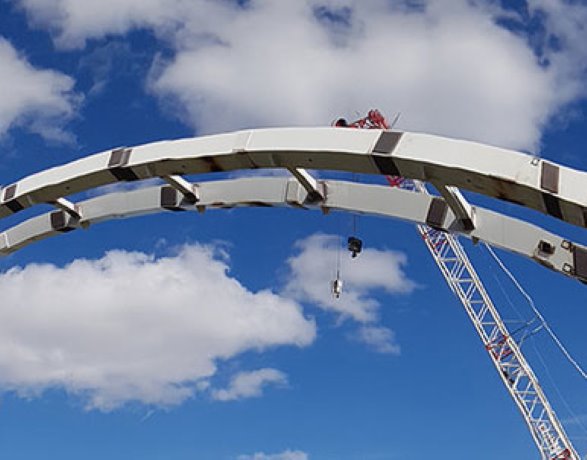

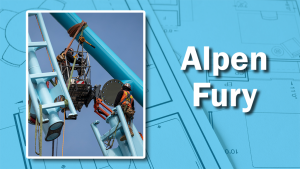
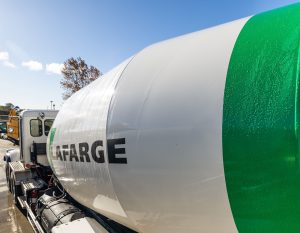
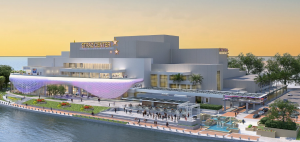
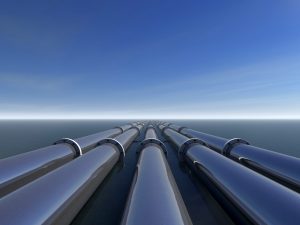

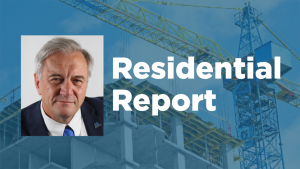

Recent Comments
comments for this post are closed